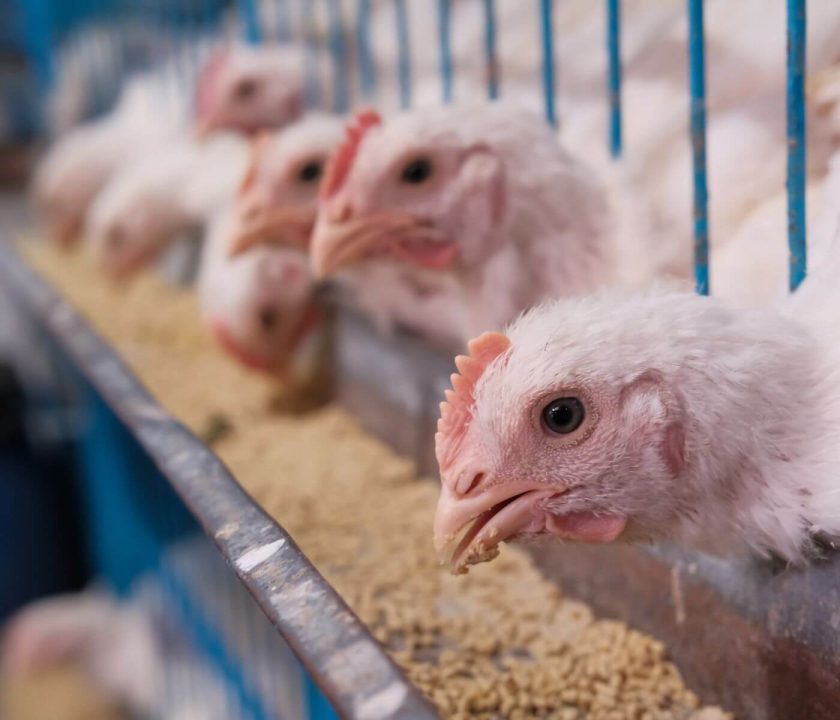Content available at: Español (Spanish)
Most of the ingredients included in poultry diets are also consumed by humans. Despite the technology applied in the poultry industry, there is variation in the quality of raw materials that can be very wide in a country, companies, and feed plants.
What has changed for the better?
- Agricultural technological development.
- Genetic improvements, housing, and the productive response of birds.
- Genetically modified seeds focused mainly on agricultural aspects.
- Infrastructure and technology in food manufacturing.
- Quality control and traceability of origin and finished product.
- More precise, fast, and economical equipment and analytical techniques.
- Processing of primary, intermediate, and final products.
- Storage and transportation.
- Additives increase feed efficiency and the quality of meat and eggs.
- Prediction equations and model development.
The feed has been and indeed will be considered the primary factor together with infectious agents of clinical cases directly or indirectly related to alterations of the digestive system and in the companies’ sustainability. The ingredients in the diet of layers and chickens are generally the same. The significant differences lie in the amounts included.
What hasn’t changed?
- The objective is sustainability through greater profitability based on productive efficiency.
- The commercial alliance with suppliers of goods and services.
- Little attention in education programs about aspects of nutrition and feed.
- The uncertainty in the symptomatic, presumptive, confirmatory, and differential diagnosis and the prognosis.
- Maintain the medical criterion of treating an illness and not the sick.
- Diagnosis based on macro and microscopic lesions, with little support in metabolic studies for a comprehensive diagnosis.
- Little attention to the glands of the digestive system.
- Limited application of symptomatic support treatments to restore the state of health.
- Little attention to daily feed consumption and less to water.
- Little attention to feeder/bird space, water quality, and feed preservation on-farm (silos).
Gut Health Ingredient Considerations
The nutrients not absorbed in the digestive system will be substrates for microorganisms; therefore, we will be talking about two ecosystems. The percentage of fat, quality, and quantity of fiber, the imbalance of ions, among other aspects, affect the speed of transit of the feed bolus and exert a direct action on fermentation, viscosity, digestion, the proliferation of microorganisms, intestinal integrity, and quality of the defecations.
→Concentrated Sources of Energy
The primary source of ME is carbohydrates, but their contribution is not enough to cover the birds’ nutritional needs. All chicken diets are high in ME, so the term “low nutrient density” is relative and incorrect. The inclusion level of oils/fats largely determines the energy density and cost of the feed.
The ingredients offered for
Keep up to date with our newsletters
Receive the magazine for free in digital version
REGISTRATION
ACCESS
YOUR ACCOUNT
LOGIN
Lost your password?

